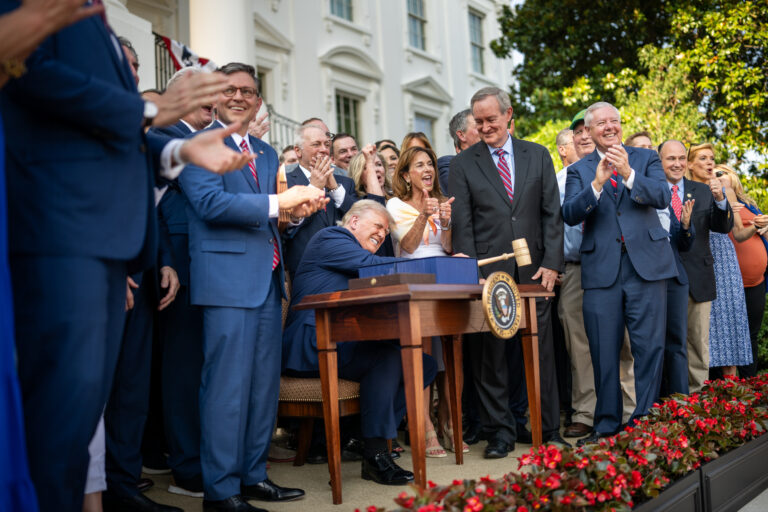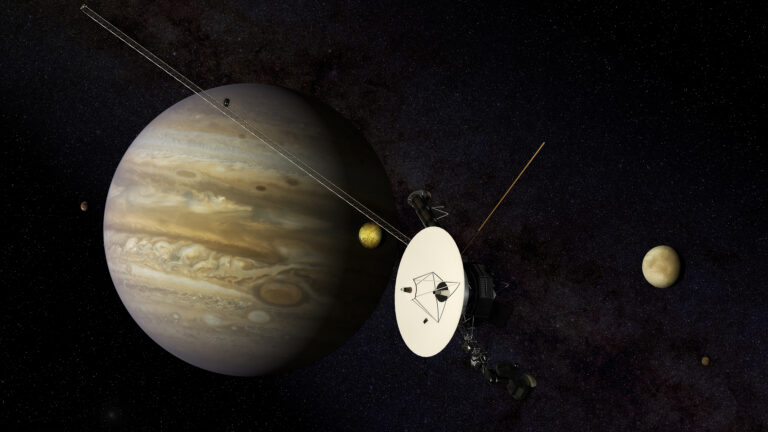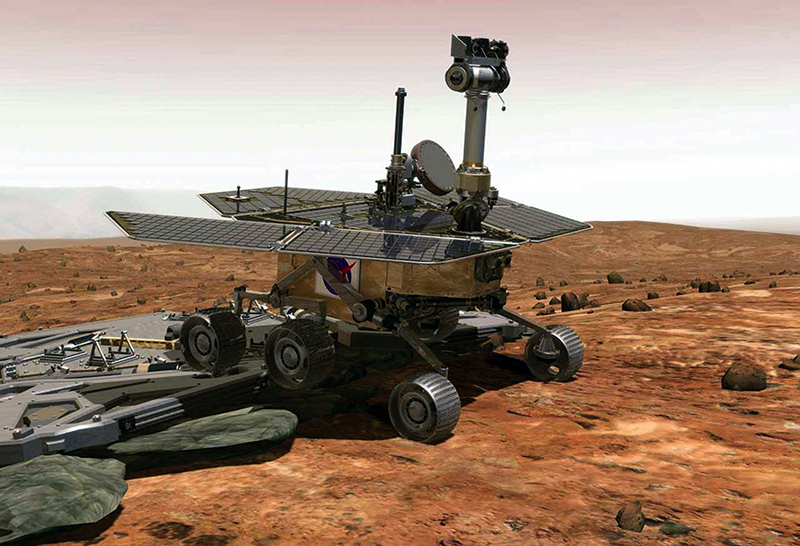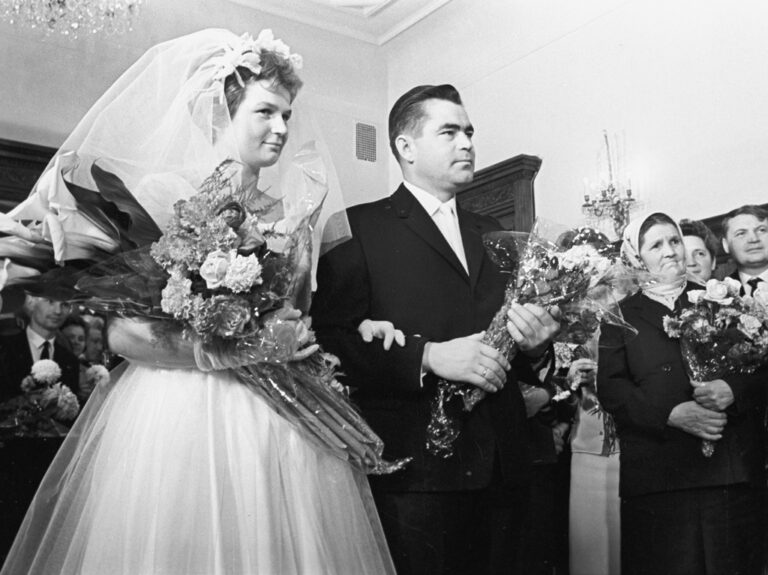Key Takeaways:
The crew was led by veteran astronaut Jim McDivitt, whose previous flight on Gemini IV featured the iconic first US spacewalk by Ed White.
A Saturn V launched the mission on March 3, 1969, carrying McDivitt, Rusty Schweickart, and Dave Scott into orbit to test the module’s fitness to land on the Moon and safely return. During the ten-day flight, the astronauts tested the craft’s descent engine while coupled to the command module, lifting both spacecraft to a lofty 300-mile (480 kilometer) orbit and marking the first crewed throttling of an engine in space. Later in the mission, McDivitt and Schweickart flew solo up to 113 miles (181 km) away from the command module, using the ascent engine to maneuver and return.
The nearly flawless flight ended March 13, with a splashdown only 3 miles (5 km) from the USS Guadalcanal.










